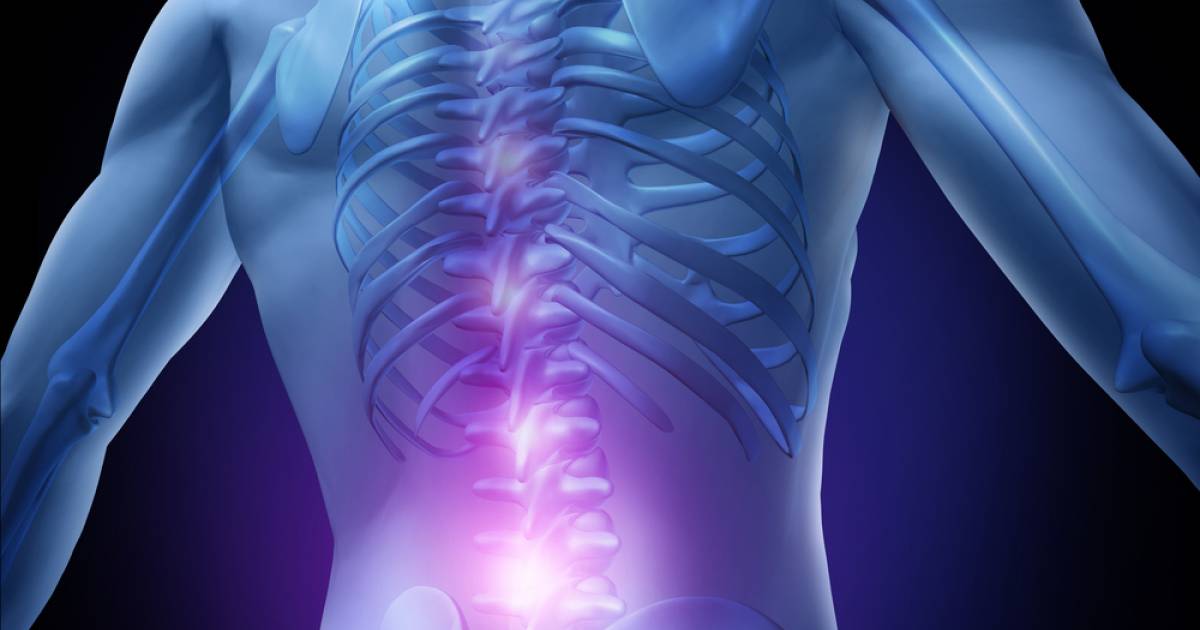Guide To The Common Causes Of Back Pain
Muscle Spasms

Spasms most commonly affect the skeletal muscles in the body, which are the voluntary muscles. These types of spasms most commonly occur because of electrolyte abnormalities, dehydration, and muscle fatigue due to overuse. The spasm comes on abruptly and without warning, causing pain in the muscle and surrounding tissue. Usually, the spasm doesn't last for a long time, and patients can sometimes relieve muscle spasms in their back by gently stretching out the affected muscle. They can try stretching their arms above their head, then leaning over and letting their arms dangle down toward their toes. While doing this, they should allow their back to curve as much as it can before the stretch becomes painful. Some individuals find massage helps with muscle spasms. If individuals are experiencing muscle spasms, it may be a sign they need to rest and rehydrate. Long-lasting or extremely painful muscle spasms are a reason to see a doctor. Doctors can do an examination and rule out any other potential causes of the spasm.
Damaged Disks

Damaged disks are a more serious issue that can cause back pain. The disks in an individual's back are meant to cushion the vertebrae that make up their spine. This keeps the bones from rubbing painfully against each other when the back moves. Disks have soft material inside them that can rupture or bulge. When the ruptured or bulging disk presses against a nerve, this can lead to throbbing or shooting pain in the back. However, not every ruptured or bulging disk leads to back pain. If the disk doesn't press on a nerve, individuals might not know they have one at all. Many patients only discover they have disk disease when they are getting a spinal X-ray for another reason. If individuals have a herniated disk in their lower back, they might experience pain throughout their lower back or leg. Pain that radiates from the back to the leg is often caused by the sciatic nerve, a condition called sciatica.
